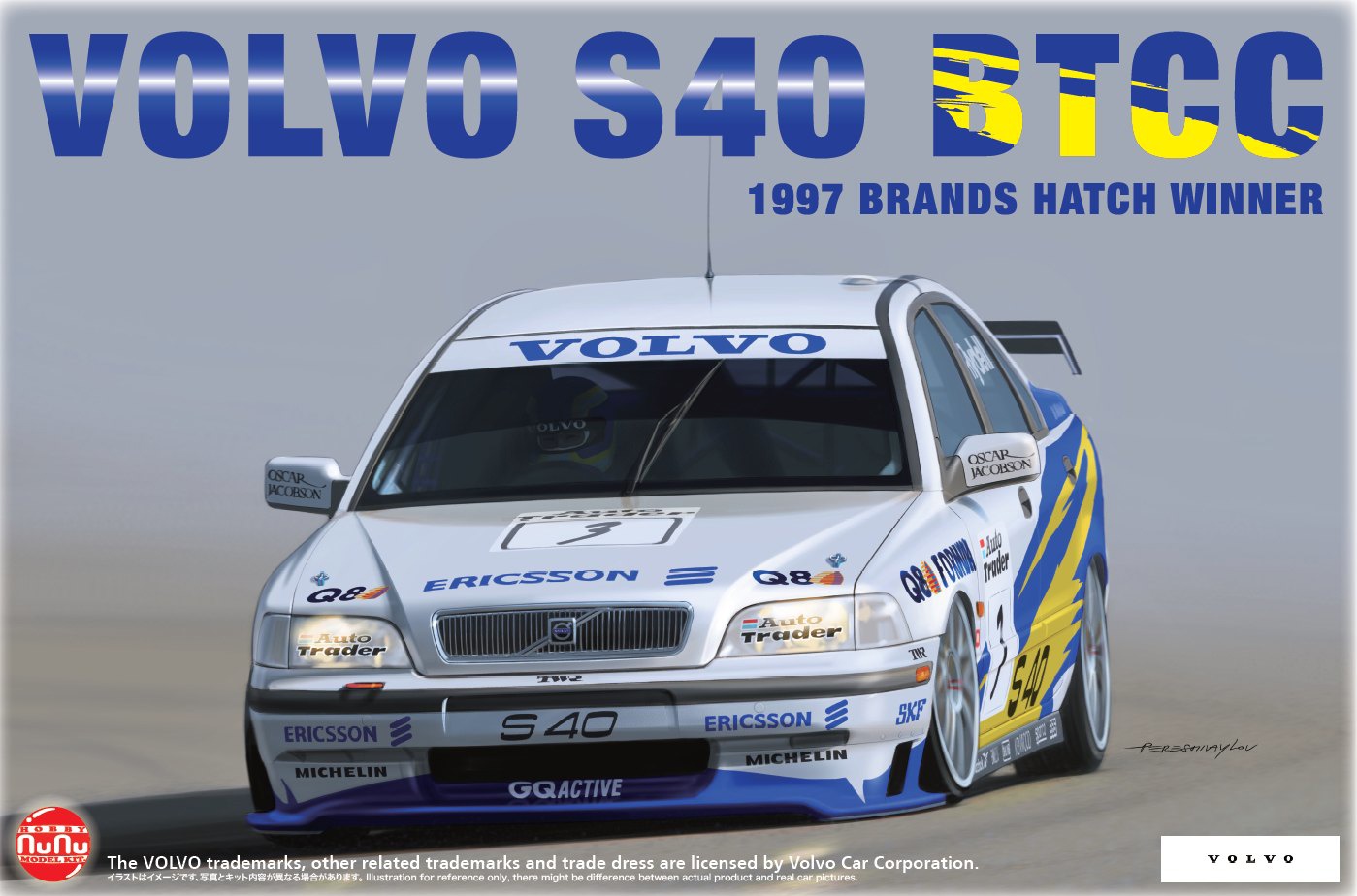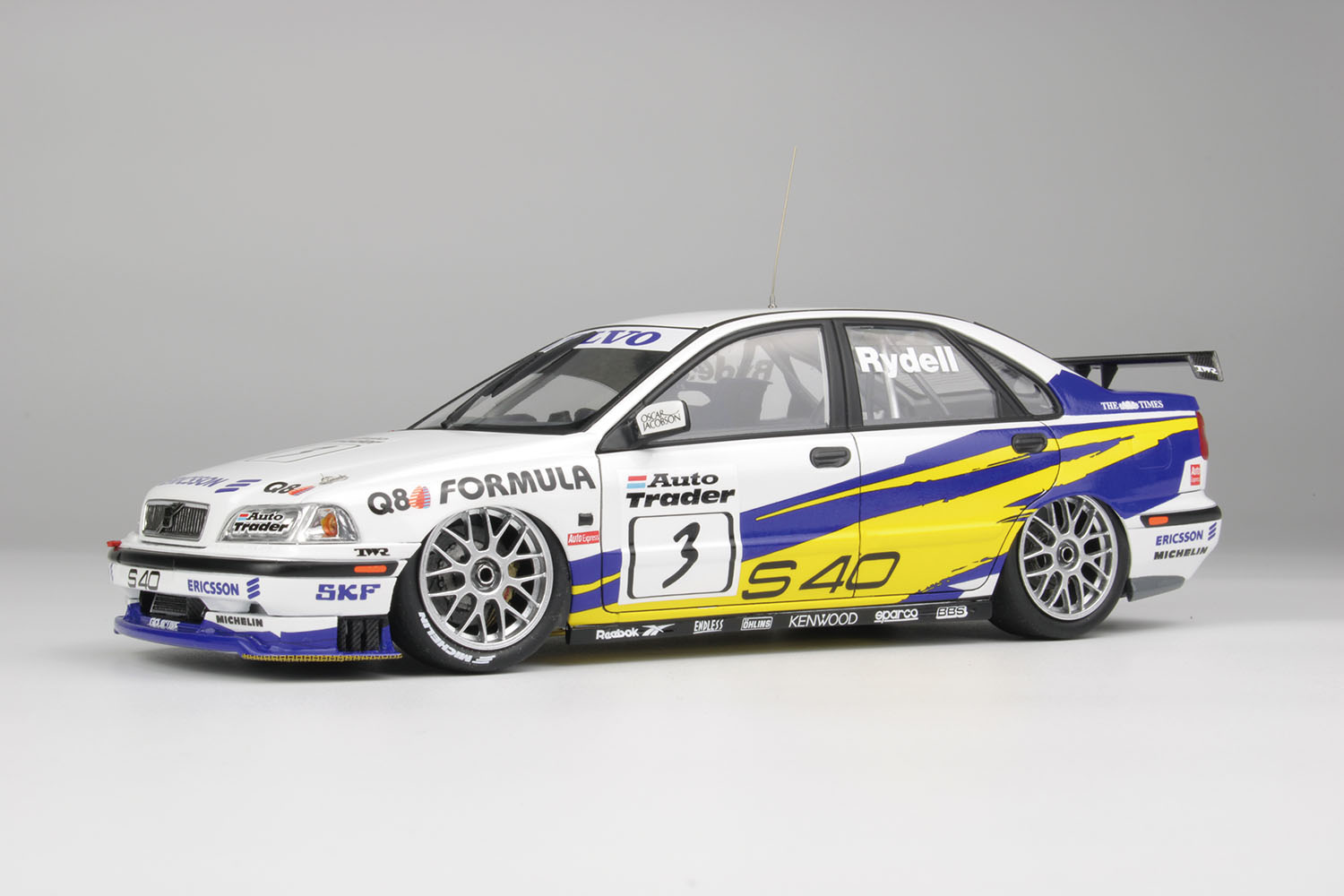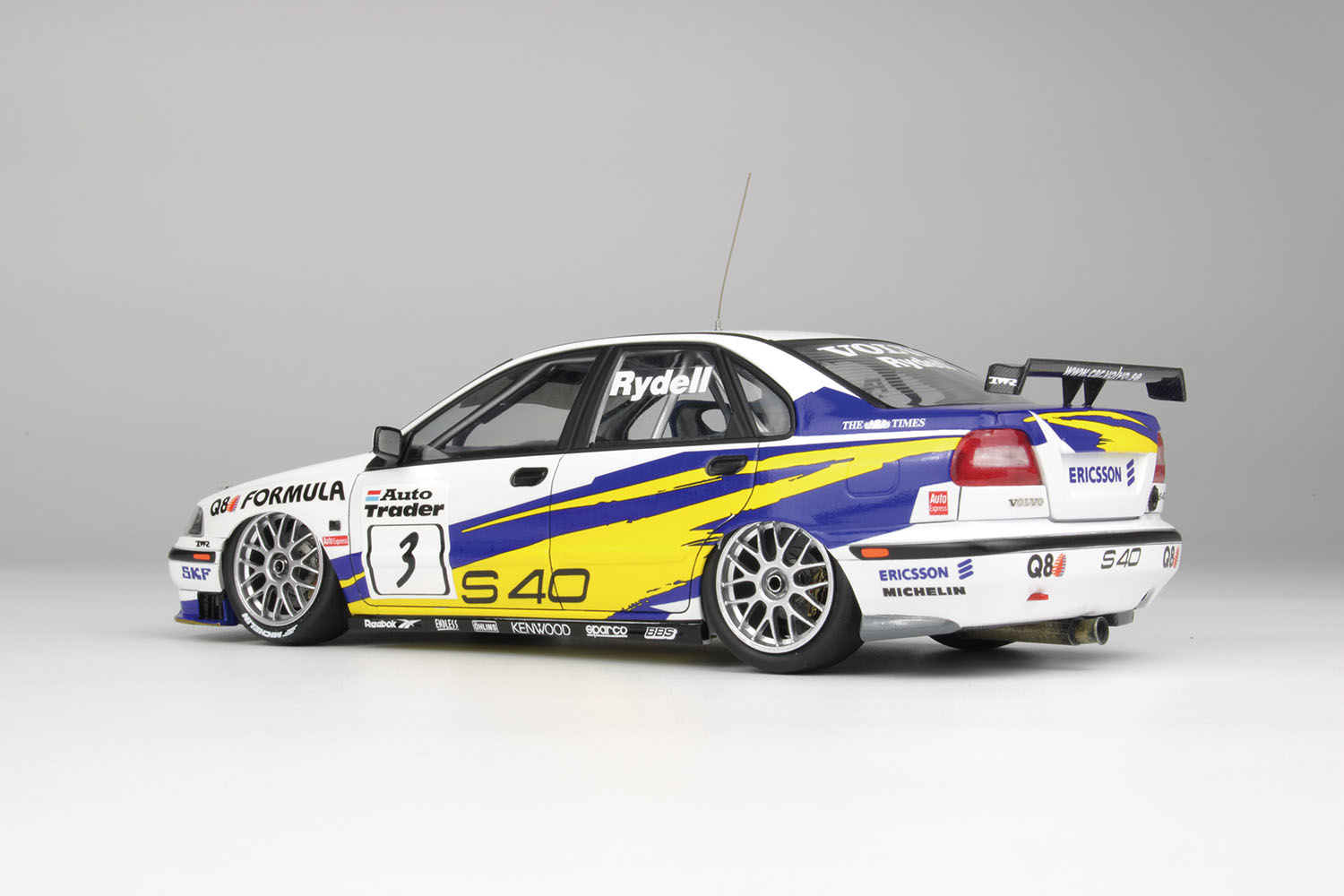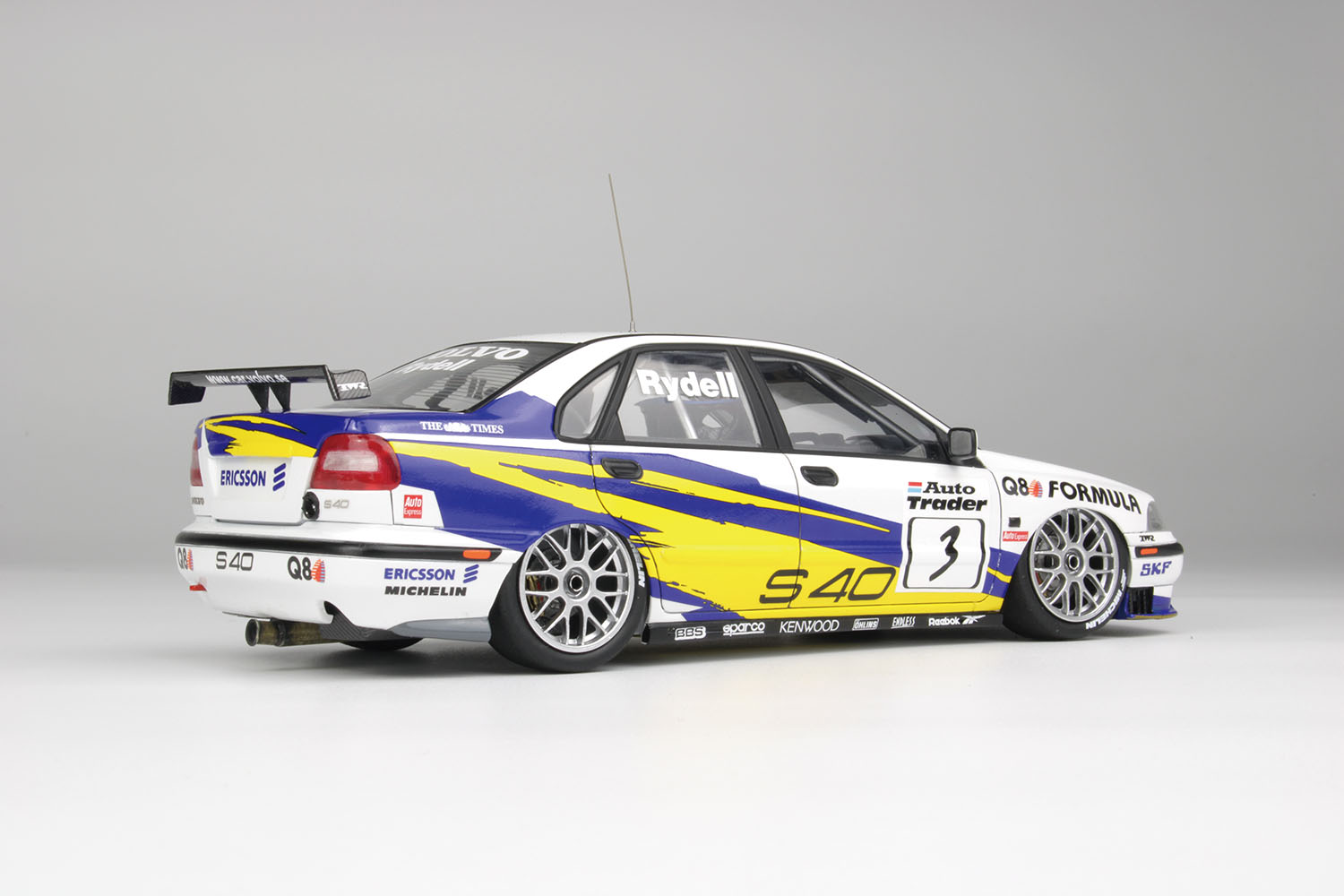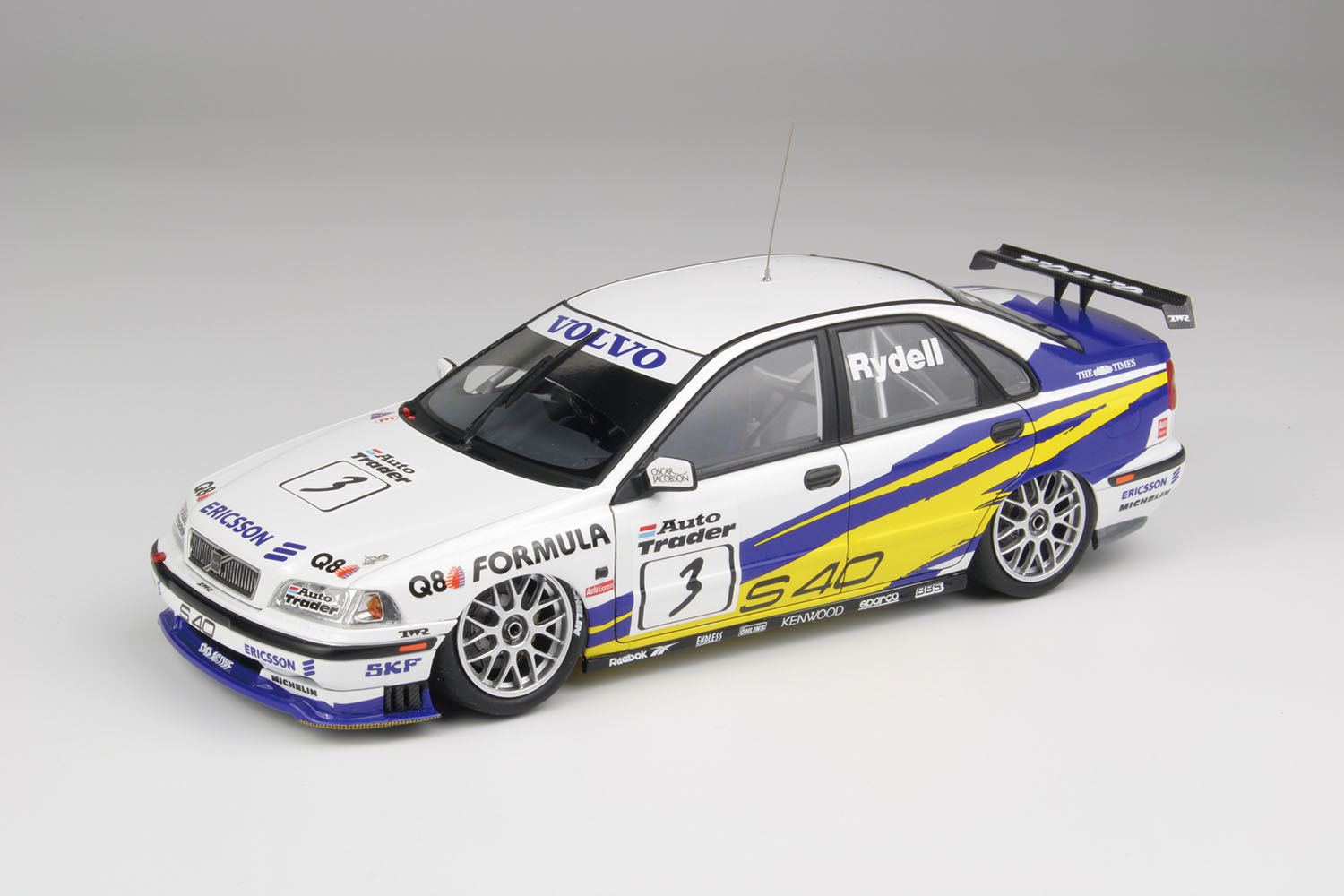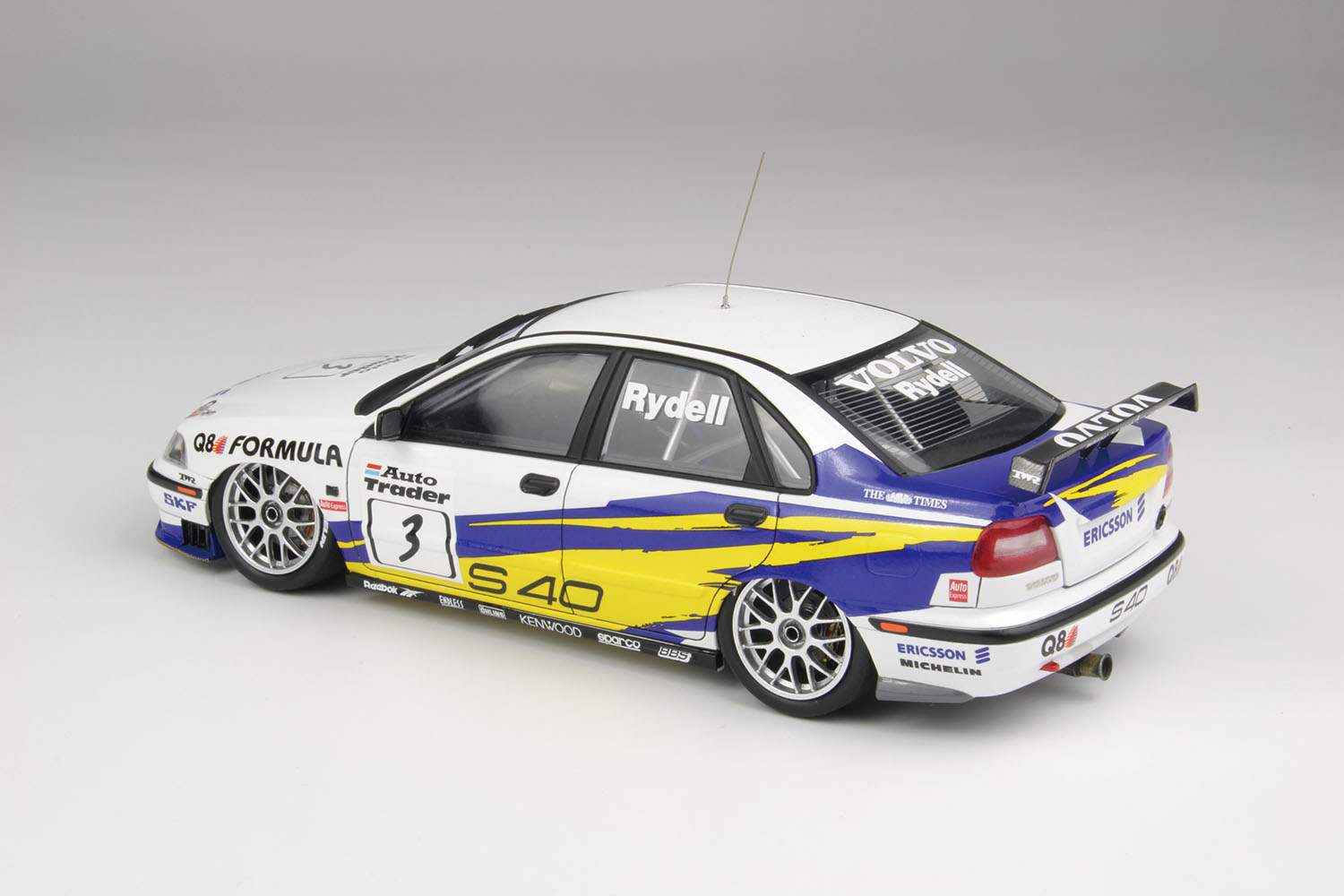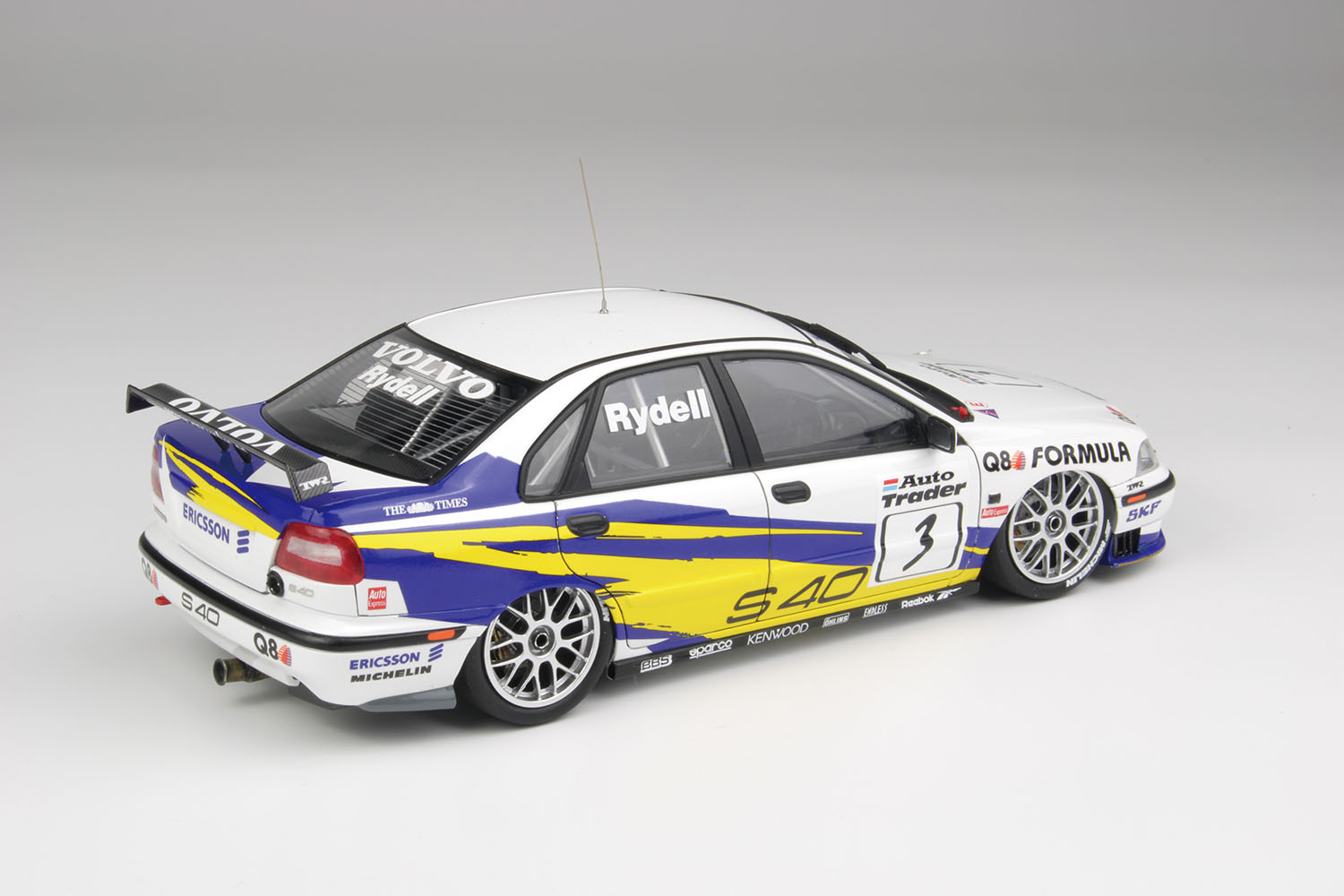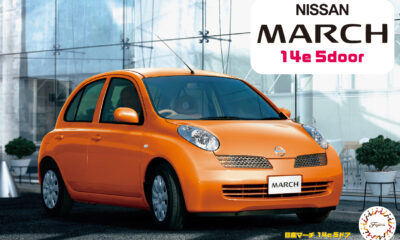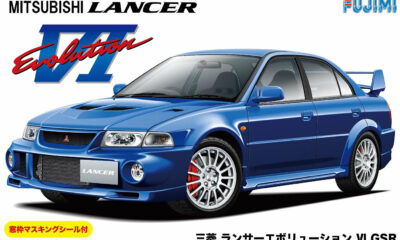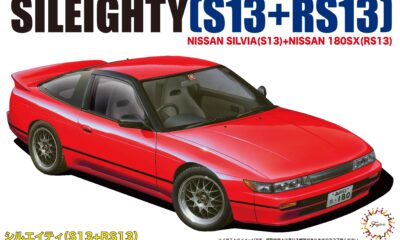Touring car racing compete with cars that are seen in the street can be said to be a category of the origin of motorsports. It was very popular in Europe, and in the 1960s ETC (European Touring Car Championship) were set, and gathered high popularity. Many manufacturers participated in the races, and Volvo is the one from Northern Europe Sweden. The Volvo 240 Turbo was developed in response to the FIA’s Group A regulations set in 1981. The very ordinary 3-BOX body car won the champion in 1985. Its boxing body style and speed gained its nickname “Flying Brick”.
Volvo took on new challenges in 1994. The Volvo 850 is the racing car introduced by Volvo for Touring Car Championship 1994 season. The estate wagon was the base, and was said that it was aerodynamically superior to an ordinary 3BOX sedan. Its excellent performance left a strong impression on many fans.
Volvo’s challenge to the touring car racing continued since then. The new racing car prepared in 1997 season was a compact sedan, an S40-based touring car. The British Tom Walkinshaw Racing (TWR), how also teamed up for Volvo 850, was in charge of machine development. The engine was backed down to the very limit of the front bulkhead and mounted as low as possible. It was for lowering the center of gravity and concentrating the mass. The suspension adopted MacPherson Strut at the front and the multi-link at the rear. I demonstrated quick handling characteristics. In addition, the cockpit driver’s seat was installed significantly backward compared to commercial models.
The Volvo S40, which began the 1997 season as the successor to the 850 in the British Touring Car Championship (BTCC), was driven by Swedish driver Rickard Rydell and British driver Kelvin Burt. Rydell won the race at Brands Hatch on September 7th. In the 1998 season, Rydell won five times and was crowned driver’s champion, demonstrating the excellence of the Volvo S40.

